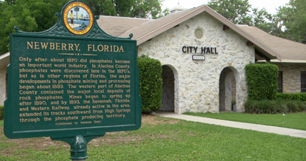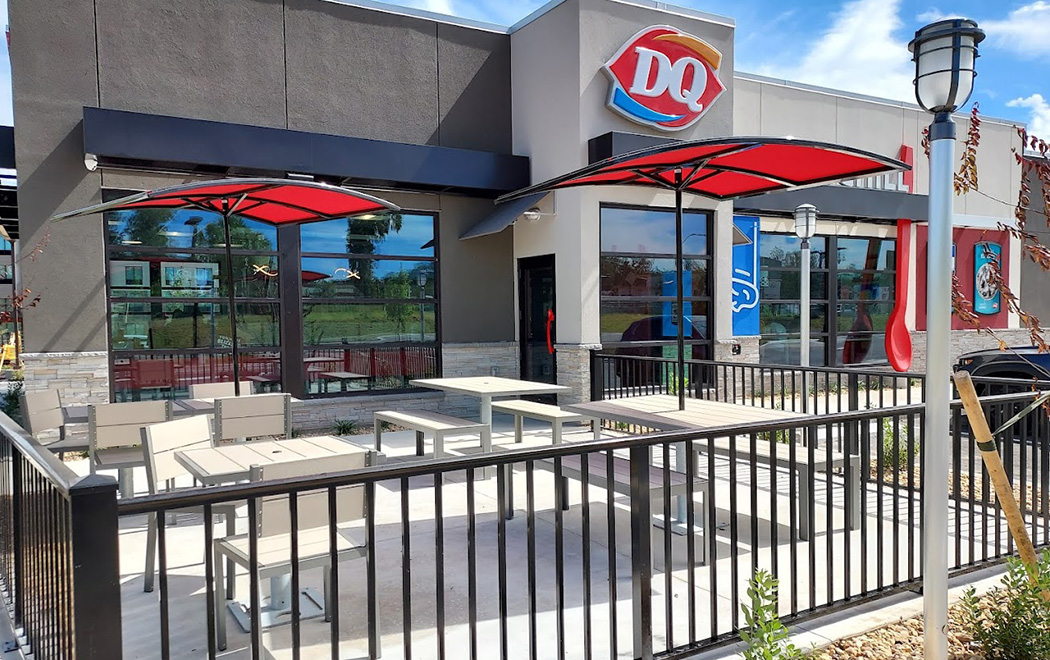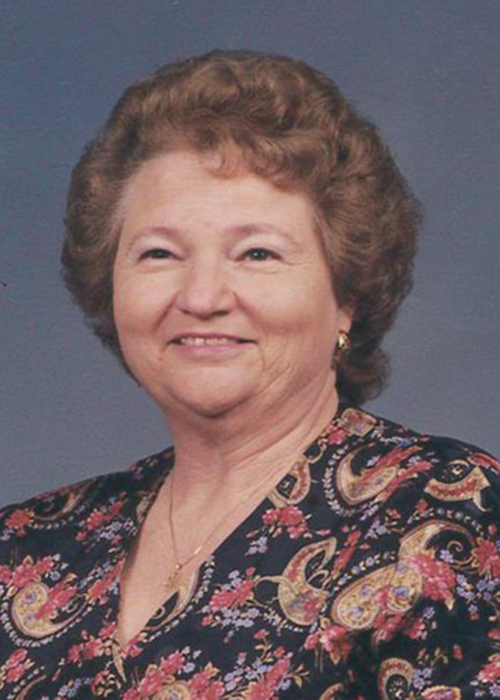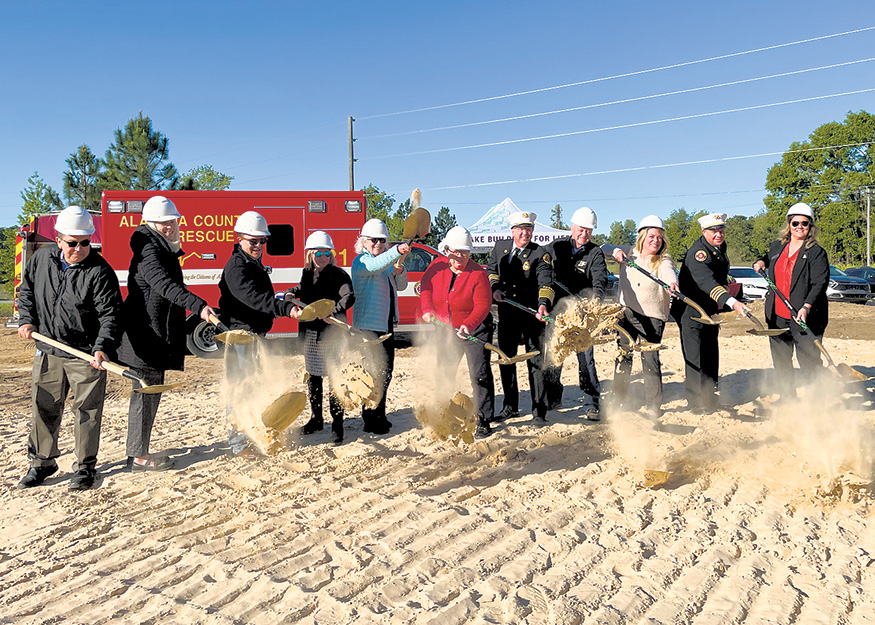HIGH SPRINGS – A family in High Springs awoke to smoke and flames when a candle that had been left burning began to spread through a bedroom in the home. According to a statement from local fire officials, the blaze erupted during the early morning hours of Saturday, March 23. Thankfully, the homeowner had a fire extinguisher and was able to bring the fire under control before the arrival of firefighters.
Once on scene, firefighters ventilated smoke out of the home and conducted “overhaul” operations, where crews sifted through the area the fire started in to ensure the fire was fully extinguished and had not spread elsewhere in the home.
According to the National Fire Protection Association (NFPA), during the five-year period of 2018-2022, candles were the second leading cause of bedroom fires and fifth leading cause of living room fires, as well as the eighth leading cause of all home structure fire civilian injuries.
U.S. fire departments responded to an annual estimated average 5,910 home structure fires started by candles during that same time period. These fires cause an annual average of 74 civilian deaths and 558 civilian injuries, as well as $257 million in property damage. The rate of 94 injuries per 1,000 reported candle fires was nearly three times the rate for all home structure fire causes.
Half of all candle fires started when a flammable piece of décor – such as furniture, mattresses, bedding, curtains, home decorations, paper, or clothing – was too close to the lit candle. In 21 percent of home structure candle fires, the candle was either left unattended, discarded, or otherwise misused.
Over one-third of candle fires (36 percent) started in the bedroom. Sleep was a factor in 10 percent of home structure candle fires, 15 percent of candle fire deaths, and 18 percent of candle fire injuries.
Authorities are now urging heightened vigilance and adherence to safety protocols to mitigate the risks associated with candle usage. The High Springs Fire Department reminds the public to blow out all candles before leaving a room or go to bed, and to keep exits clear and unlocked.
Items that block doors and windows in a home could keep occupants from escaping in the event of a home fire and could mean the difference between life and death. Start by identifying two escape routes out of each room, if possible, and then make sure that each of those escape routes can be used safely by everyone.
# # #
Email editor@
alachuatoday.com
Add a comment






 Lillian was a member of the Mt. Horeb Baptist Church. She had retired from Energizer in Alachua and then from her daycare business. She enjoyed reading, crocheting, gardening, and playing piano.
Lillian was a member of the Mt. Horeb Baptist Church. She had retired from Energizer in Alachua and then from her daycare business. She enjoyed reading, crocheting, gardening, and playing piano.
